Footfall to UK retail destinations dropped for the third month in a row as the cost-of-living crisis kept budget-conscious customers at home.

The uplift in footfall to UK high streets, shopping centres and retail parks fell for the third straight month in September to just 6.8% – down from 8.6% in August and 15.6% in July – according to the latest Springboard footfall monitor.
The gap in overall footfall to pre-pandemic 2019 narrowed in September to -12.6% from -13.2% in August, with the figure for high streets at -14.4%, shopping centres at -16.7% and retail parks at -4.3%.
Footfall on high streets was 9.5% higher than 2021 (13.9% in August), 7.7% higher than 2021 in shopping centres (7.5% in August) and 0.3% higher than 2021 in retail parks (-1.7% in August).
Springboard said that half of all employees continue to work at home for at least part of the working week, which is impacting the recovery of footfall in high streets – weekday footfall was -17.4% versus 2019, compared with -6.9% on the weekends.
“The energy price guarantee introduced by the government has eased some of the severe doom felt by many households,” said Springboard.
“However, the ongoing rate of inflation combined with the recent rise in interest rates means that, from October onwards, shoppers will inevitably exercise even greater discretion and be more considered in their purchasing behaviour.”
“The impact on footfall and therefore on retail sales will be immediate, with it also being likely that fewer trips will be made to larger centres that incur a greater travel cost.”
- Never miss a story – sign up to Retail Week’s breaking news alerts





















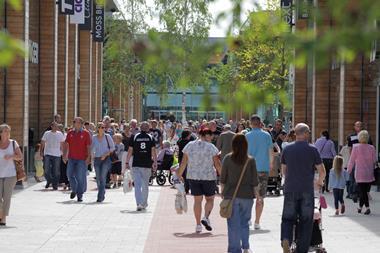
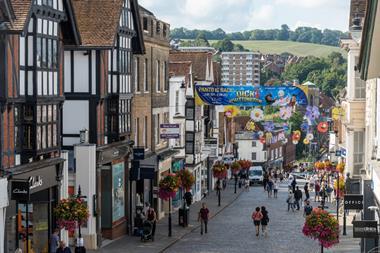
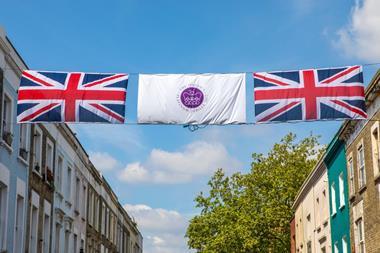
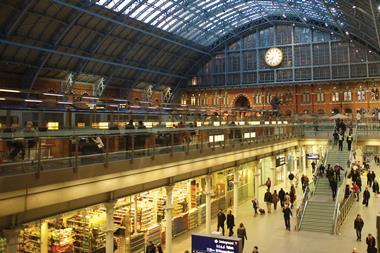
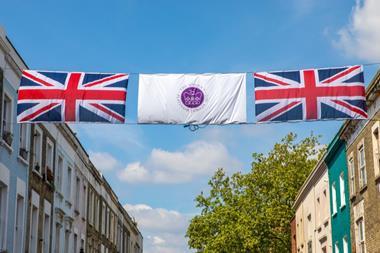
No comments yet